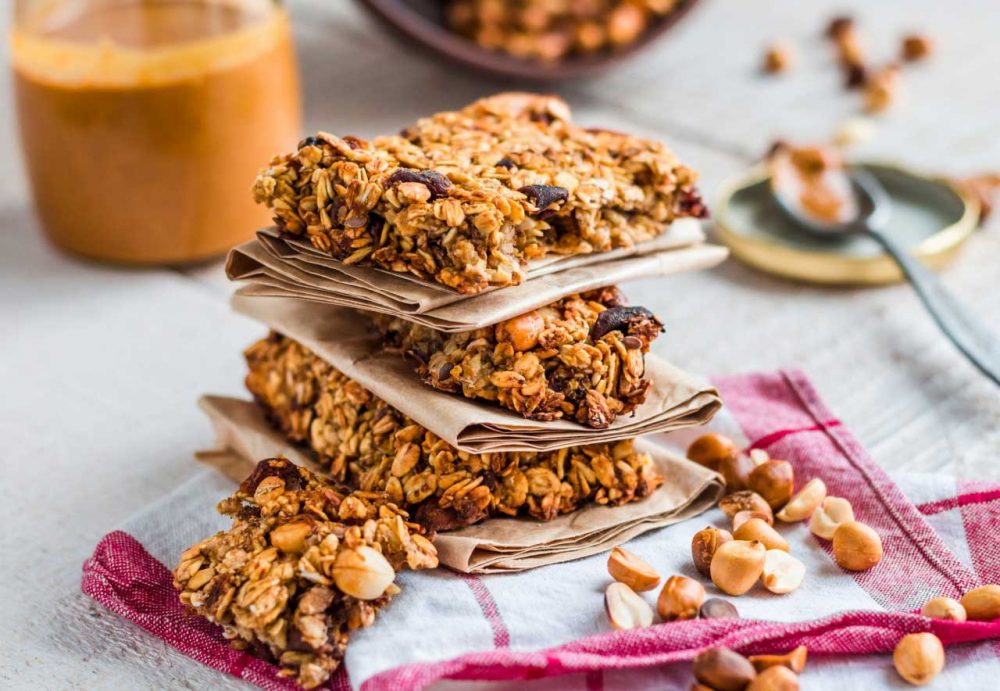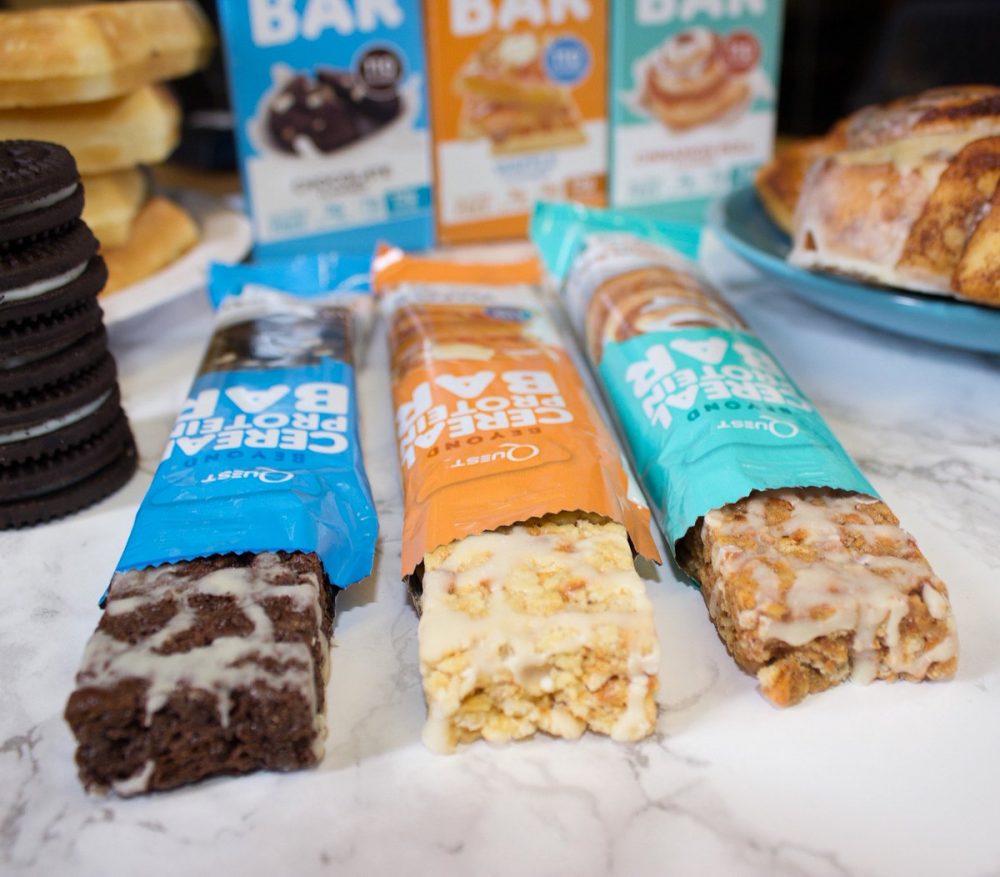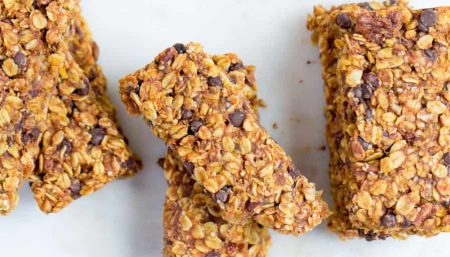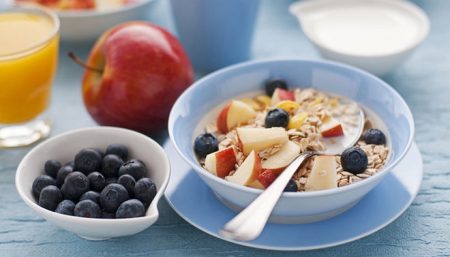
When you have errands to run, an office crisis to handle you might be forced to power down an energy bar. That’s one of the options today’s deskbound, stressed out, over scheduled urban Olympians are grabbing onto when forced to skip a meal.
A lot of so-called nutrition bars can harbor stealth ingredients like hydrogenated oils, saturated fat, and sugar or sugar alcohols, and some have more calories than a brick of chocolate.
In the midst of this power bar boom, WF brings you Top 10 cautions before picking your next nutrition bar.
![]()
Always count and pronounce the Ingredients.
Avoid food products containing ingredients that are unfamiliar, unpronounceable or more than five in number or that include high-fructose corn syrup. For example, think Thin bar contains maltitol, glycerin, and sodium caseinate. Would you recognize any of those without Googling them? My only exception to this rule is that if you are unfamiliar with healthy ingredients like chia or maca, don’t necessarily discount them. Do your research and find out if an ingredient is health-promoting or health-depleting.
![]()
Choose the Protein source carefully.

For those who are fine with consuming dairy, whey protein can be a good way to boost your protein intake for the day. However, as with all dairy products, always choose the best quality you can and try to avoid dairy coming from cows treated with human growth hormones and tainted with antibiotics. Also, there are some great plant-based protein bars out there. Some of these contain ingredients like sprouted rice or hemp protein and others just use nuts and seeds to add healthy fat and a bit of protein to round out the sweetness of a bar, make it hearty and bring down the glycemic load of the bar as well. Reject any protein bar that does not have at least 10 grams of protein in it. You are wasting your time and your money!
![]()
Aim for over five grams of Fiber
Stay over 12 grams of protein, under 2 grams of sugars. Aim for over 5 grams of fiber as well.
![]()
Monitor the Fat

Its a complete must to check the total fat. A higher fat content will certainly help you to feel fuller for longer after eating the bar because it will be digested more slowly. However, it is important to avoid saturated fat as much as possible so look for a low figure for “saturates” and “cholesterol” if this is specified separately.
![]()
Choose according to your Need
For a snack, look for bars with 200 calories or less. For an on-the-go meal replacement, look for bars that have 200 calories or more. Serious athletes who want a post-workout recovery protein bar should look for bars with about 20 grams of protein. For e.g. if you want a protein-packed bar that’s great for athletes, Quest bars are best for their low sugar and fat levels and focus on whole, natural ingredients.
![]()
Avoid Soya Protein
Avoid bars that contain soy protein isolate, which will be many. Soybeans are not the problem (although 90% of the soy grown in the U.S. is genetically-modified), but when you artificially extract soy protein isolate in a highly processed form, its properties are no longer health-promoting. Instead, soy protein isolate can act as a hormone disruptor in the body.
![]()
Look for Natural Sweeteners

Raisins, dates, apricots, figs, cranberries and other dried fruits are really all an energy bar needs to sweeten it up. Occasionally, honey, agave nectar, or brown rice syrup are used as more natural sweeteners, if no fruit is added. Be sure these ingredients appear toward the end of the ingredient list and not in the beginning. Ingredients on a product label are listed in order of quantity, so if the sweetener is the first ingredient, that means that the bar is mostly made of that item. Lastly, stevia, considered a natural sweetener, is used in some bars and can also be used in moderation. Go for, whole grains and dried fruit (35 grams or less of total carbs, of which no more than 19 grams should be from sugar).
![]()
Avoid Artificial Sweeteners
Never buy anything with high fructose corn syrup. High fructose corn syrup on a product’s ingredients list is the first sign that you have a low quality food. Other processed sugars such as fructose, sucrose, dextrose, and corn syrup are also unnecessary and just add empty calories to an otherwise healthy snack. Keep in mind that ” sugar alcohols” on the label means there are artificial sweeteners in the product.
![]()
Avoid processed oils such as corn, soy, and canola.
Corn, soy, canola and any kind of hydrogenated oils have no place in a healthy nutrition bar, although they are found in the ingredients of many granola bars. Once highly processed, these oils become pro-inflammatory agents in our body and add to increasing your risk of heart disease. Healthy fats will come from natural ingredients such as: coconut, peanuts, almonds, walnuts, chia seeds, pumpkin seeds, and hemp seeds.

![]()
Find some brands and flavors that you love.
Now that you’ve identified how to spot a healthy bar, the final essential step is making sure you find a flavor and brand that tastes good to you.
Make sure, even when consuming nutrition bars, don’t let them crowd good nutritious whole foods out of your diet.
Disclaimer
The Content is not intended to be a substitute for professional medical advice, diagnosis, or treatment. Always seek the advice of your physician or other qualified health provider with any questions you may have regarding a medical condition.



